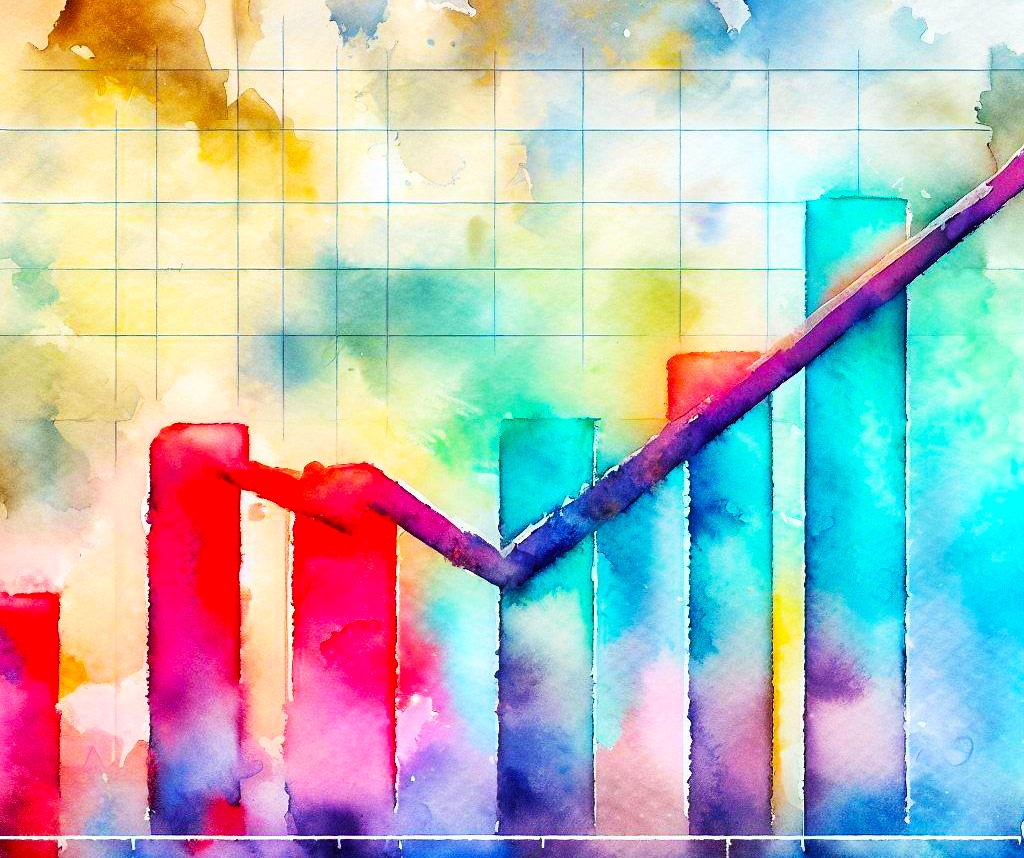In September 2024, China witnessed a decline in consumer inflation rates and an intensification of producer price deflation, despite efforts to implement additional stimulus measures aimed at reviving weak demand and stabilizing economic activity
The consumer price index (CPI) rose by 0.4% from the previous year, a slowdown from the 0.6% increase observed in August, as reported by the National Bureau of Statistics (NBS) on Sunday 13th October 2024. This increase was below the 0.6% rise economists had forecasted.
Month-on-month, the CPI remained unchanged, contrasting with the 0.4% increase in August and missing the expected 0.4% rise.
The producer price index (PPI) registered a year-on-year fall of 2.8% in September 2024, a sharper decline than the 1.8% decrease in the previous month and exceeding the 2.5% drop projected by analysts.








